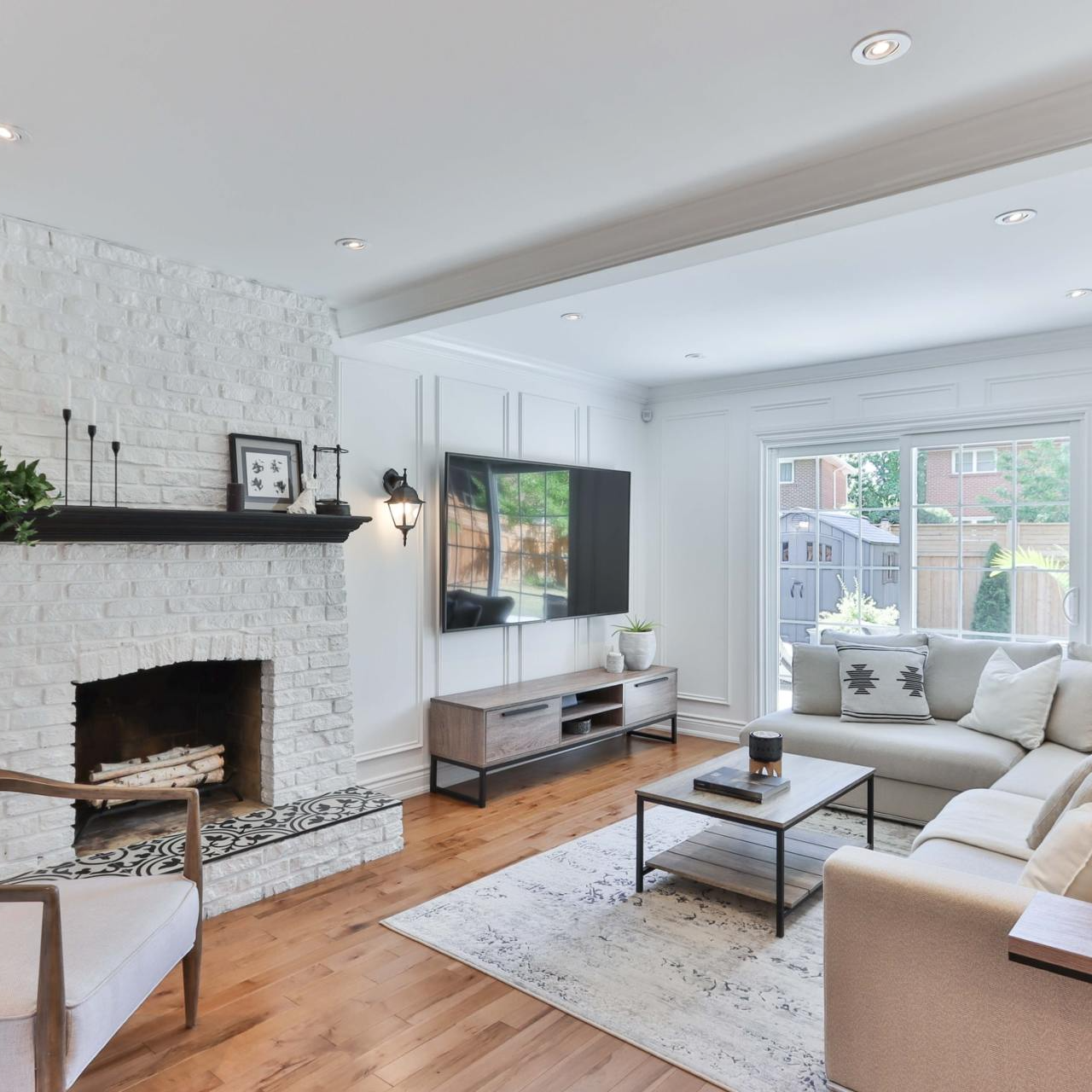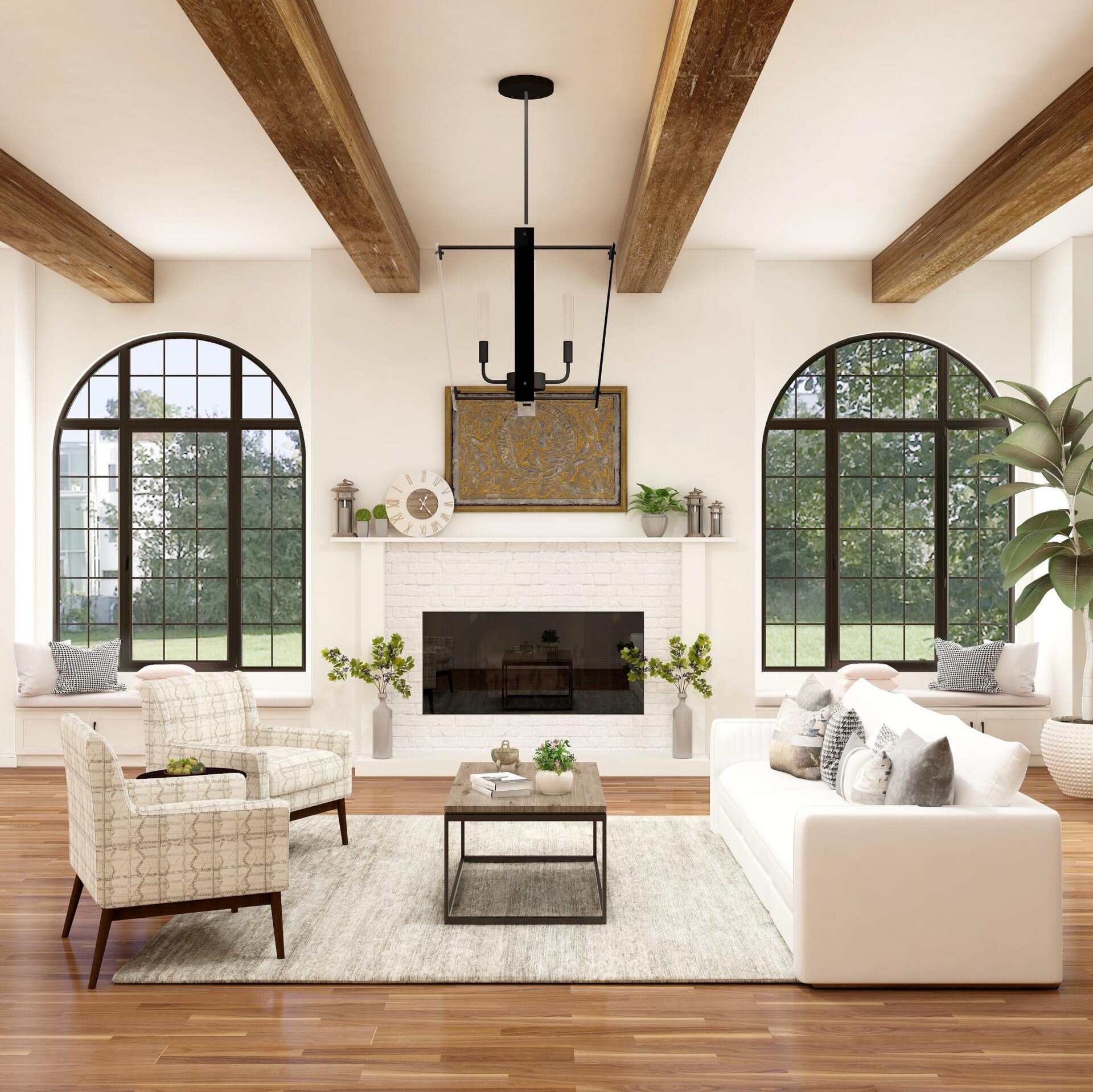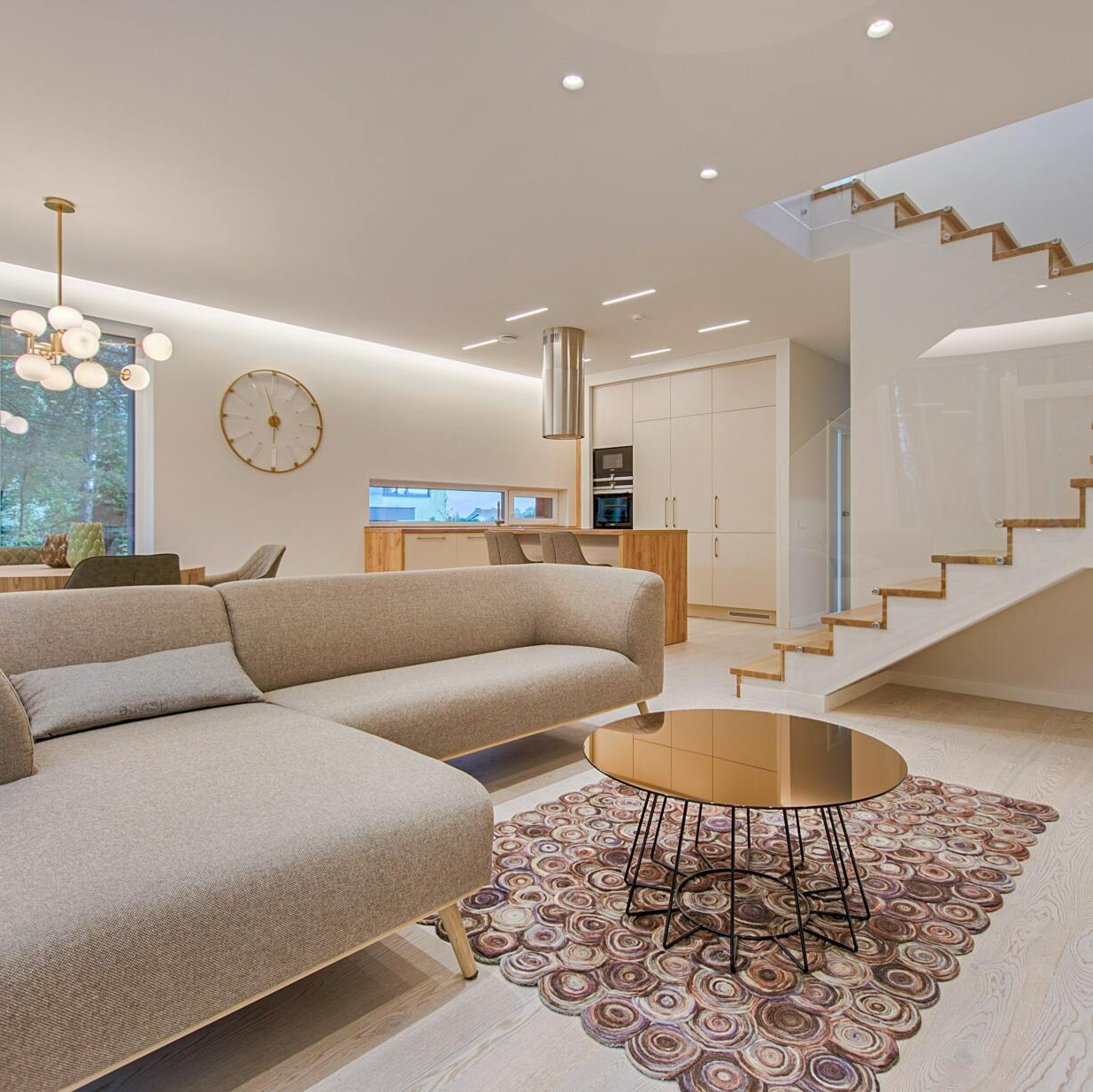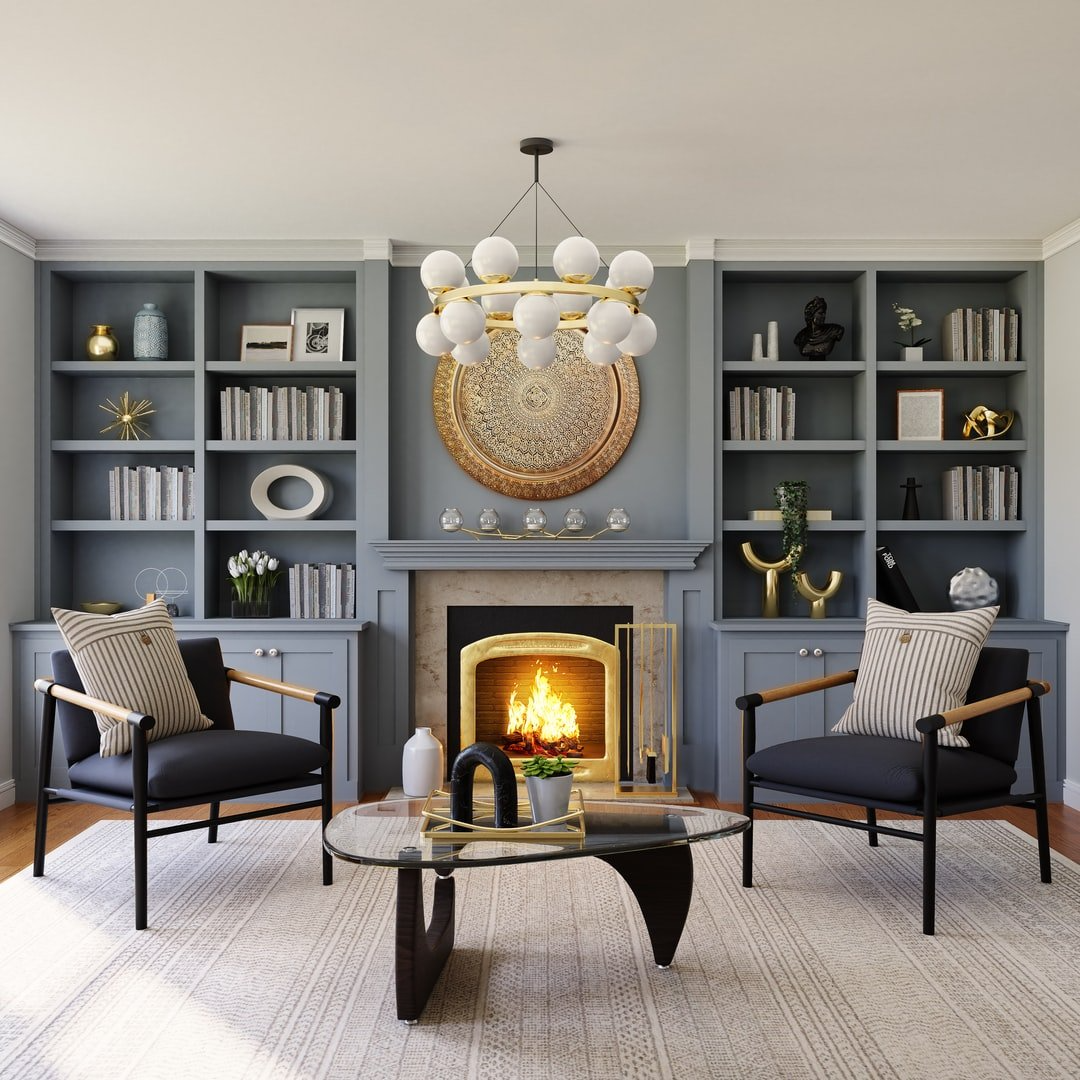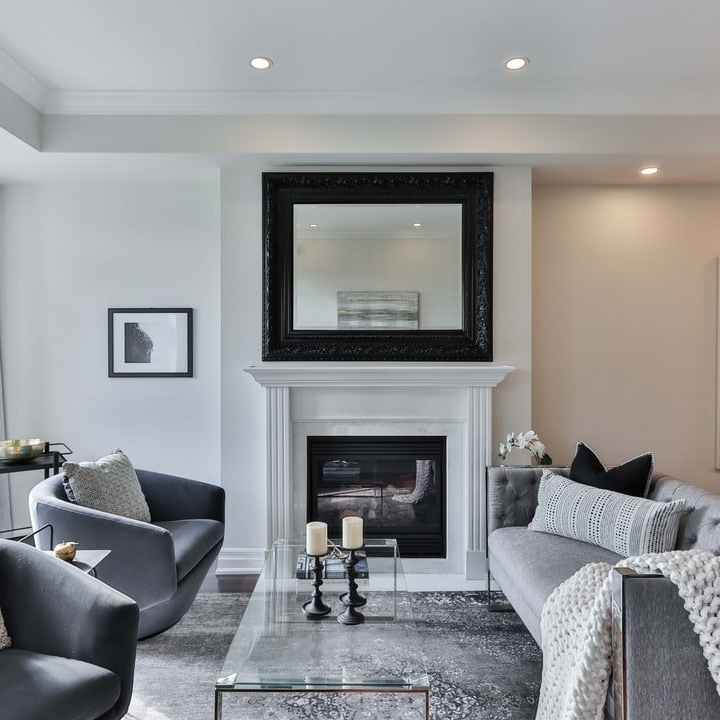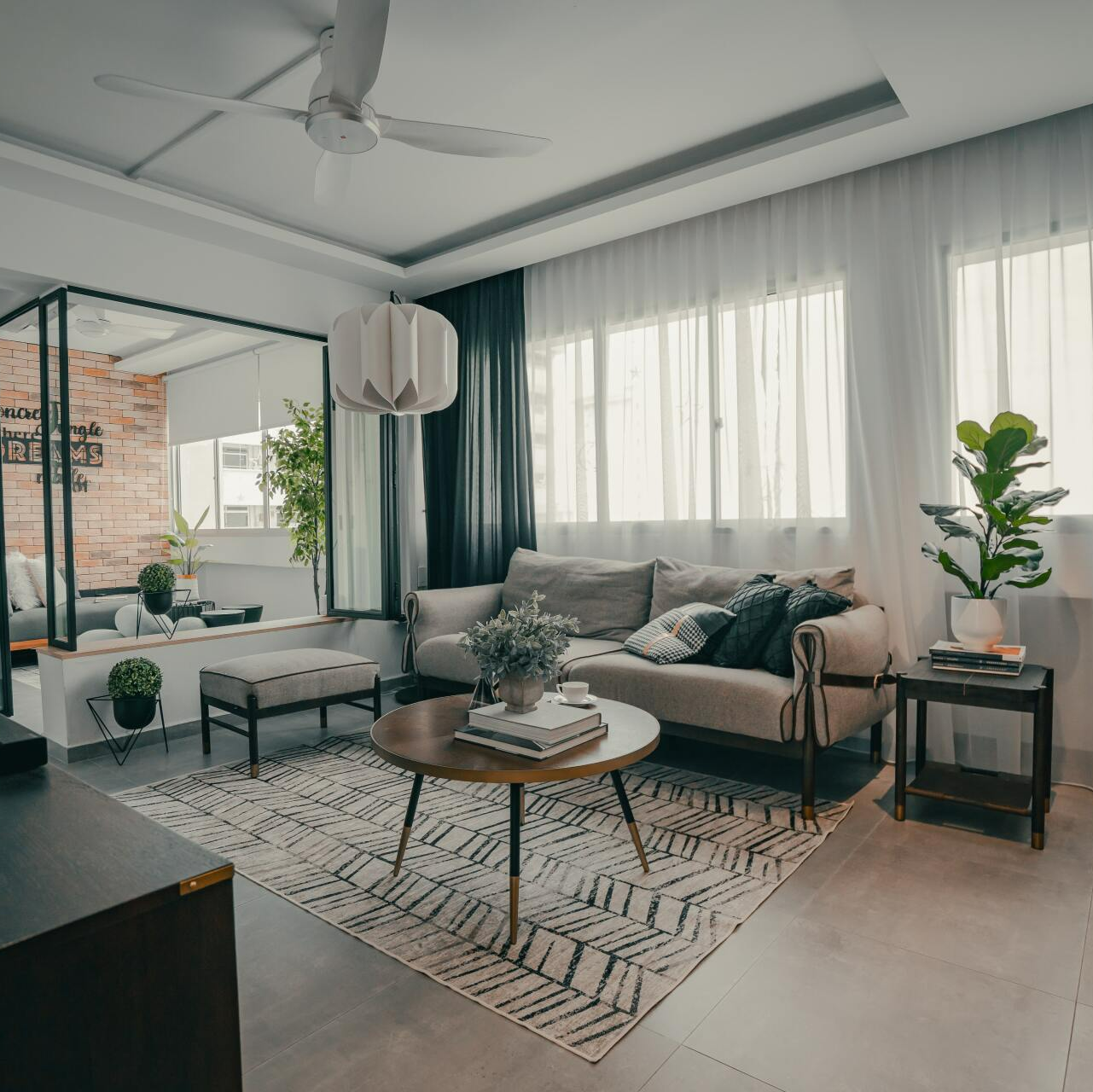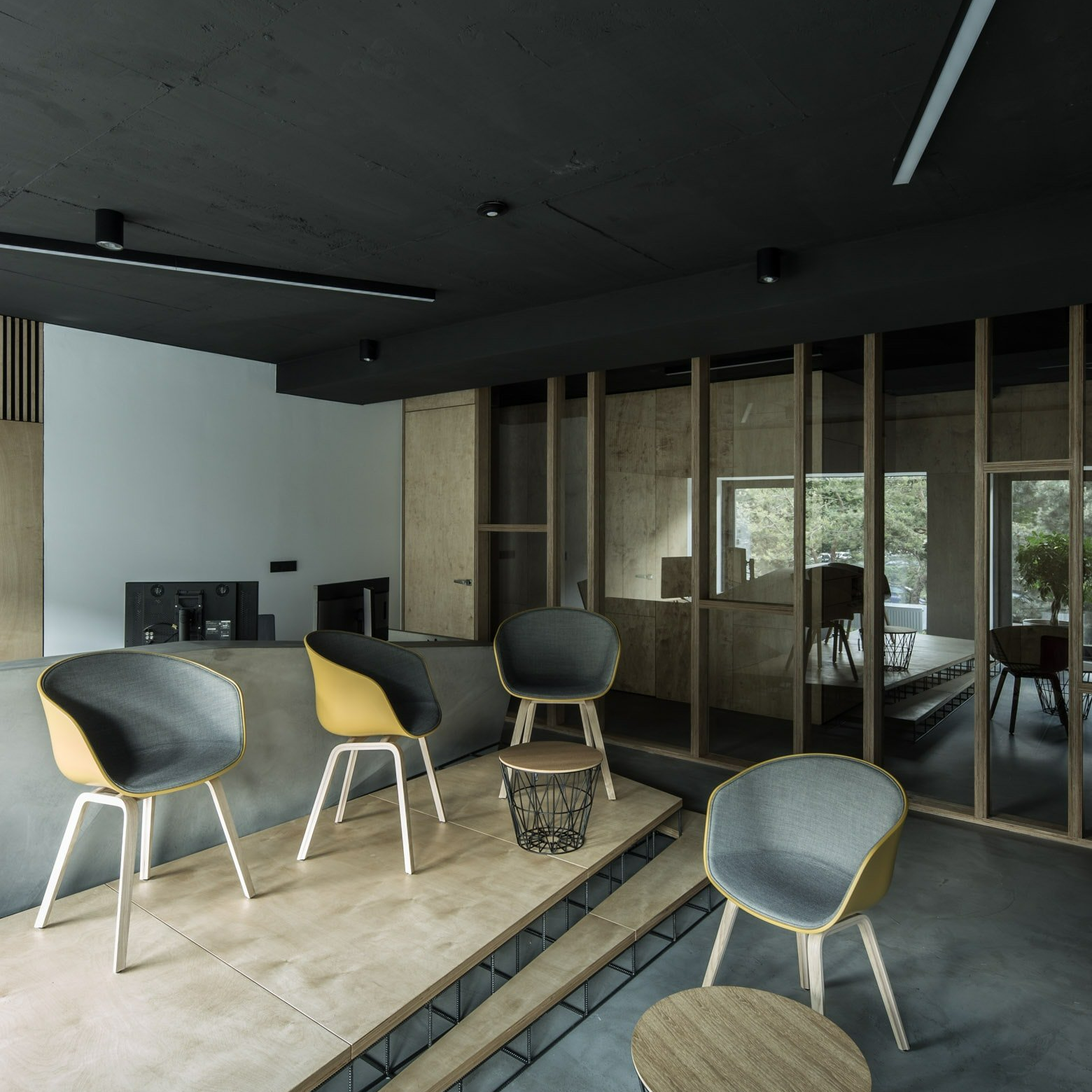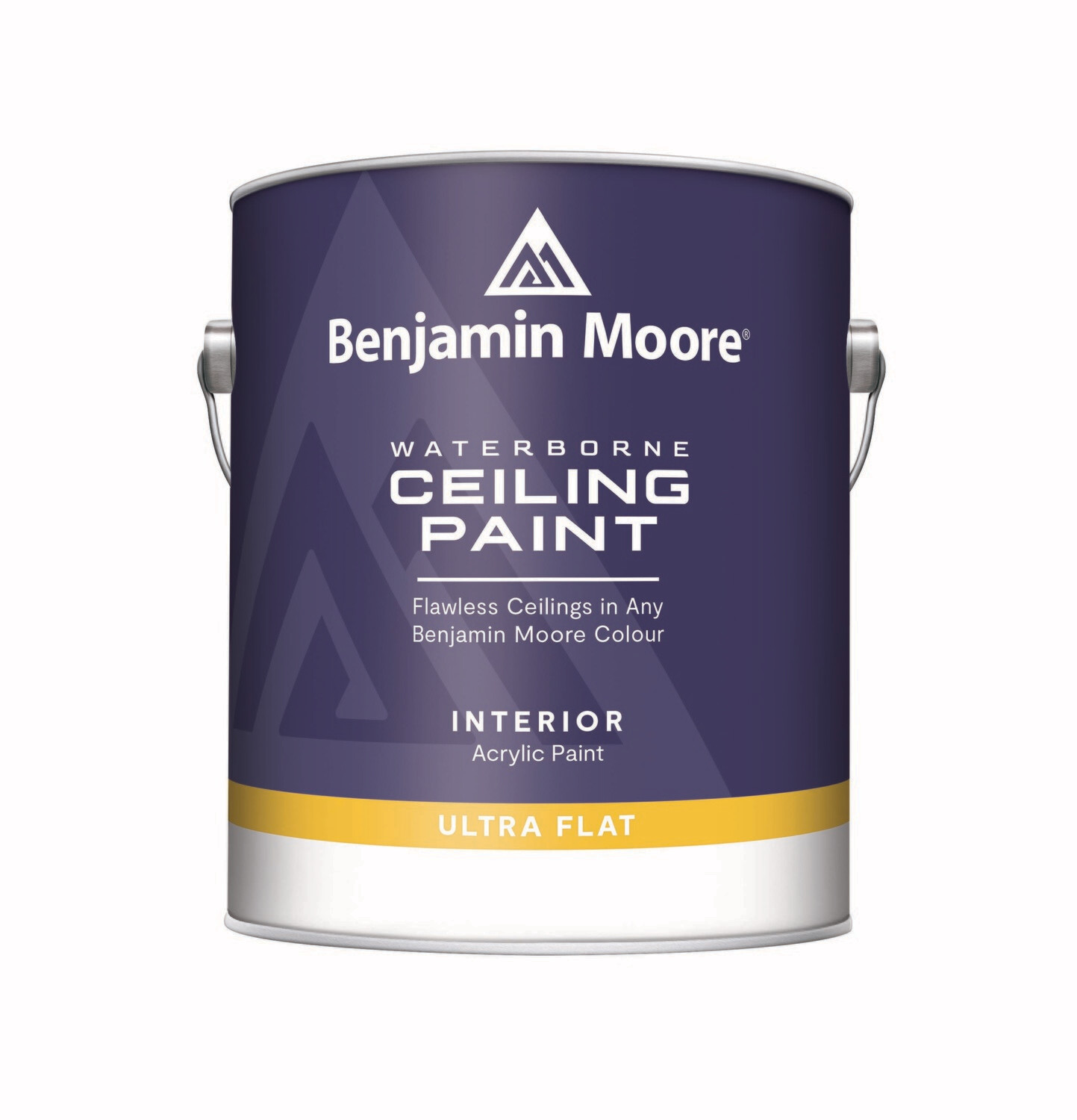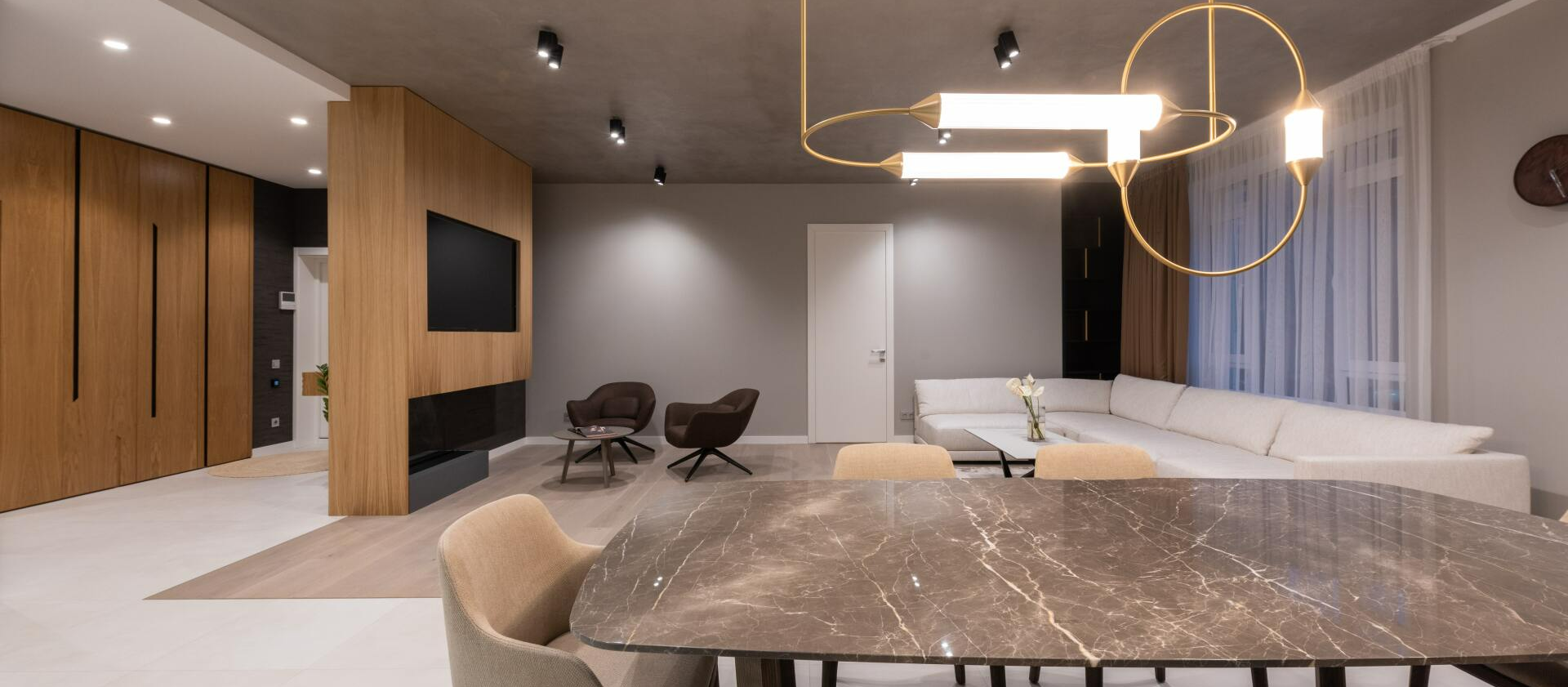What Color Works Best For My Ceiling? A Quick Guide
When it comes to interior design, there’s almost never a wrong answer. It all depends on your own preferences and taste, but what if you’re looking for some inspiration for your next home paint job? Benjamin Moore wants to help you decide on your perfect new look.
Picking the right paint colors the first time is important, especially as paint jobs can be pricey and painting over a previous coat isn’t ideal. Choosing colors can be a lengthy yet rewarding experience for any home designer.
One aspect of interior color that not many think about is the color of the ceiling. While some homeowners might be satisfied with the tried-and-true white ceiling paint, going for an unexpected option can enhance the look of a room significantly and charm any guests you might have over.
Situations Where White Paint Makes Sense
White (and by extension lighter colors) are popular and considered the “safe choice” for ceiling paint, and it’s easy to see why. In addition to being a neutral tone, whites:
- Promote a fresh and clean look
- Fit in with almost any type of room or design aesthetic
- Contrast well with lively colors on walls
- Can “blend in” with the overall design of the room and divert attention to your furnishings instead
- Complement special room features like crown molding
- Make rooms appear larger than they actually are
This last point is due to how the human eye visually “raises” the ceiling when it’s a lighter color. For this reason, it’s not uncommon to see bathroom ceiling paint take the form of a lighter white.
One design tactic you should consider is painting the ceiling a slightly lighter tone than the walls. The result adds a subtle contrast that still maintains a consistent coloring throughout the room. At the same time, the space itself appears larger and has more depth.
And overall, white paint reflects light more readily than darker paint. For rooms requiring a lot of lighting (such as living rooms and primary living areas), whites might be the optimal choice, especially if that room does not receive enough natural light during the day.
What About Dark Colors?
There certainly are places where going dark works best for ceiling paint color. Whether you’re going straight grey or dark blue, such a design presents a rich and elegant atmosphere, perfect for rooms meant to be cozy and professional. If you’ve ever seen home offices or libraries where the ceiling shades are significantly darker than that of the walls, then you’ve seen this design aesthetic in action.
Dark colors also complement natural wood quite well. If your ceiling uses natural wood paneling or beams, consider using darker shades for the job.
How About Blue?
Let’s get adventurous and explore the possibility of painting a ceiling a tranquil blue. A favorite of some homeowners, gentle blues often give the viewer a sense of “outdoors.” The ceiling essentially takes the form of an outside open sky.
If you have a large window in the room facing your garden or lawn, complement it with a blue ceiling to bring that feeling of the outdoors even closer.
Making the Case For a Monochromatic Room
Consider a fully monochromatic look by painting both the walls and the ceiling the same color. This approach:
- Promotes a cozy and unified appearance perfect for living spaces. A small study might have fully dark shades, for instance.
- Simplifies the paint job of the ceiling and walls so that more attention is given to your furnishings and other aspects of the room.
- Offers a low amount of contrast for designers who prefer that style.
- Works well with vaulted or angled ceilings, simplifying the overall shape and look.
A fully white design, for instance, not only makes the room look larger but also adds a touch of modern design. Kitchen ceiling paint can be white for this reason, especially if the area receives natural sunlight.
What To Keep in Mind While Painting the Ceiling
Having worked with interior designers and homeowners before, Benjamin Moore also wants to offer the following tips and recommendations.
- Always choose flat or matte sheens for the ceiling, which reduce reflections and prevents any flaws in paint coverage from ruining the look. Look for flat paint rather than eggshell paint for this reason.
- No matter what color you choose, it’s important to know that ceilings are naturally imperfect. No ceiling is ever fully flat, with seams and small divots common to every home. Choose a paint accordingly that will not show off these potential issues.
- Don’t be afraid to repaint the ceiling if you need to. Age can sometimes change the hue of certain colors, such as a bright ceiling turning yellow over time.
- Choosing the right color is just the first step. Execution is paramount for a pristine look that matches what you envisioned initially, so get in contact with a professional painting service for the job.
Interested in boosting the aesthetic appeal of your home but not sure where to look for ceiling paints?
Get in touch with Benjamin Moore for all your needs.
What is the best paint for ceilings?
To get the job done right, we recommend Benjamin Moore ceiling paint, specifically the Waterborne Ceiling Paint designed to hide those small blemishes common to ceilings with a flat finish.
Other of our paints we recommend for ceilings include:
- Benjamin Moore Super White for those looking to add a strong, bright touch to a room.
- Benjamin Moore White Dove, a soft and warm light color that complements a wide range of walls.
- Benjamin Moore Decorator’s White for a light color with a hint of gray finish.
Whether you’re looking for more options or just need some advice on home decorating ideas, check out Benjamin Moore ceiling paint colors at
Benjamin Moore Vancouver.
Find the Perfect Color for Your Ceiling
Find a color and finish that gives your ceiling the fresh look it deserves.
On-screen and printer colour representations may vary from actual paint colours.
All Rights Reserved | Benjamin Moore Retailer | In Partnership with CCC

